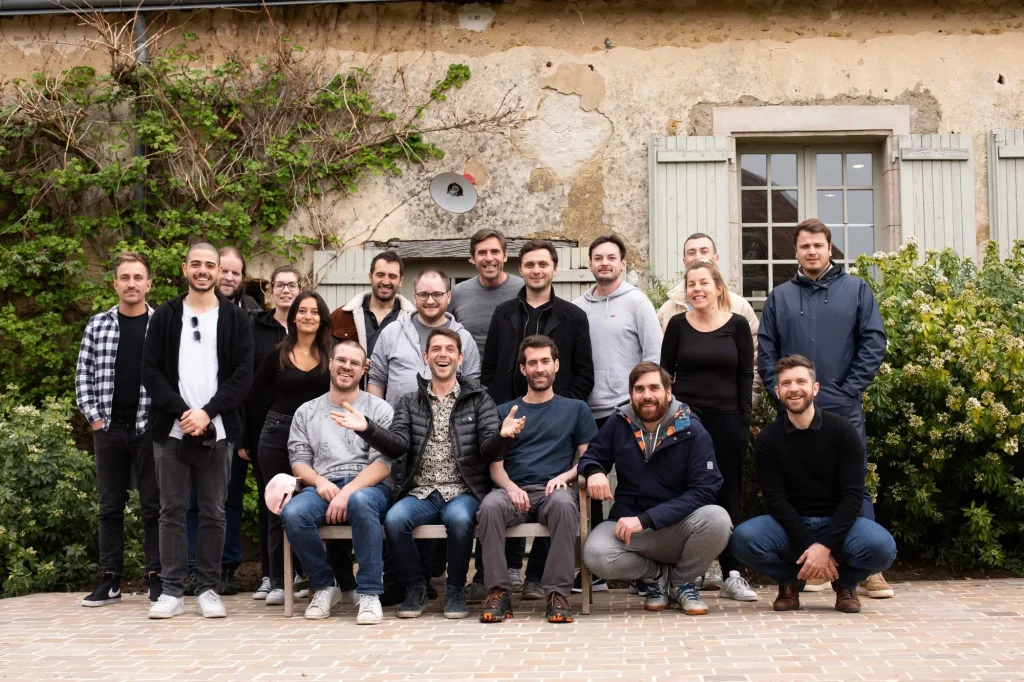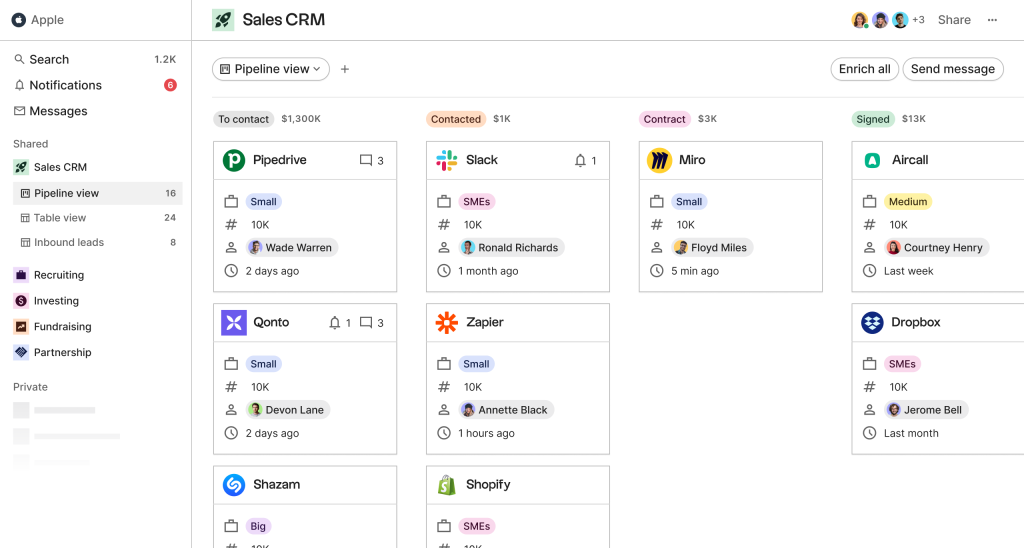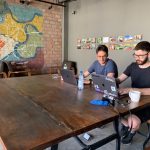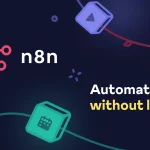For most businesses, a CRM is a necessary evil—clunky, disconnected, and frustrating to use. That’s the pain point Simo Lemhandez set out to solve. At 29, the former McKinsey consultant and HEC Paris graduate launched Folk, a CRM designed to be simple, intelligent, and deeply integrated into the way modern teams work.
Today, Folk powers over 300,000 users and 3,000 paying businesses, generating $150,000 in monthly recurring revenue. But the journey from spreadsheet chaos to CRM startup wasn’t accidental—it was engineered from day one.
The biggest SaaS category is CRM. The highest valuation in the SaaS industry is Salesforce. But it’s also a category with products that are all considered outdated
Simo Lemhandez
Most users search for something interesting and clickable; as soon as some promising candidates are found, users click. If the new page doesn’t meet users’ expectations, the back button is clicked and the search process is continued.

The Frustration That Sparked Folk
After leaving McKinsey, Simo completed a coding bootcamp (Le Wagon) and began freelancing. Like many solo operators, he juggled conversations across LinkedIn, WhatsApp, emails, and meetings—while managing leads in a spreadsheet. Traditional CRMs like Hubspot and Pipedrive felt outdated and bloated. “The experience was daunting, slow, complex to set up,” he recalls. “I felt like I was going back 20 years.”
The disconnect between massive market size and user satisfaction became obvious. He teamed up with Thibaud Elziere (founder of Fotolia and Hexa) and later CTO Jean-Yves to pursue what they saw as a once-in-a-decade SaaS opportunity: build the modern CRM users actually want to use.
From Landing Page to Waitlist Frenzy
Before writing a line of code, the Folk team launched a simple landing page. The proposition? A new kind of CRM—modern, collaborative, and AI-assisted. The idea resonated. They quickly attracted 10,000 signups, all before the product existed.
With validation in hand, they raised $2.5M in pre-seed capital from Accel and began developing the product using Figma. The team conducted extensive user interviews with waitlisters, implementing feedback after each call. Only when engagement and retention reached internal benchmarks did they feel ready to open the doors.
Folk launched publicly on Product Hunt in April 2022—and it made a splash. Product of the Day, Product of the Month, and later nominated for Product of the Year. A further $6.5M in seed funding followed.
Early Growth and the Shift to Real Revenue
Initially, Folk operated without in-app billing. Stripe links were sent manually. But in September 2022, they switched to a proper seat-based pricing model. That was the moment Simo says the company began to feel like a “real business.”
Early growth came from organic channels. LinkedIn posts from the team helped drive waitlist signups, aided by the universal hatred of existing CRM systems. But as the product matured, they began investing in scalable distribution:
- Influencer Marketing: Especially micro-influencers on LinkedIn
- SEO: To capture demand from users actively searching for CRM solutions
- Affiliate Programs: Leveraging sales coaches and consultants to recommend Folk
These channels weren’t selected by guesswork. The team reverse-engineered the B2B buying journey: users looked to communities, valued social proof, and trusted recommendations from individuals over brands. Folk leaned into that.

Folk closely watches how long it takes to earn back the money they spend acquiring a customer—a metric known as CAC (Customer Acquisition Cost) payback. Ideally, any money spent to attract a paying user through ads or partnerships should be recouped within a year.
Since half of their revenue still comes from organic, unpaid channels like word-of-mouth and content, they aim to ensure their paid efforts—like influencer campaigns or affiliate deals—pay for themselves within 12 months. That balance helps them grow in a financially healthy way.
Each channel is treated as a long-term bet, not a growth hack. “Distribution is about conviction,” says Simo. “You pick a few high-potential channels and commit until the results come.”
Each channel is treated as a long-term bet, not a growth hack. “Distribution is about conviction,” says Simo. “You pick a few high-potential channels and commit until the results come.”
Distribution is about conviction, you pick a few high-potential channels and commit until the results come
Simo Lemhandez
Lessons in Building (and Funding) a Modern SaaS
After scaling Folk to $1.8M/year in revenue, Simo reflects on a few lessons that shaped the business:
1. People Are Everything
The biggest impact on your day-to-day is who you work with. Simo built a team of enthusiastic, positive individuals—and learned to part ways quickly when things weren’t the right fit.
2. Choose Your Funding Model Intentionally
Folk raised early due to the heavy engineering requirements of building a CRM. But the long-term goal is profitability. The chosen path influences everything from governance to runway to how aggressive you can be in the early days.
3. Pick the Right Market
CRM is a massive and well-established category. That meant no need to educate customers about the need for the product—but it also meant facing down incumbents like Salesforce and Hubspot. The key was differentiation through simplicity, integration, and experience.
4. The 10-Year Mindset
“This is a decade-long journey,” Simo notes. “You have to build it in a way that makes you want to show up every day.”
Folk is still early in its journey. But with strong product-market fit, a clear brand voice, and disciplined growth, it’s already reshaping how thousands of teams manage relationships. In a world of bloated CRMs, Folk is betting that simplicity, design, and empathy will win the next generation of users.





